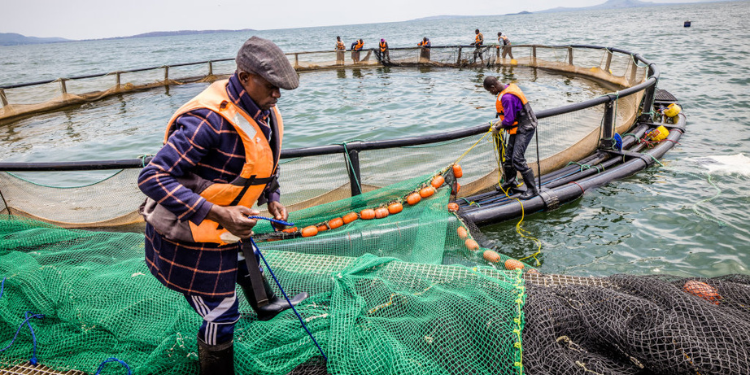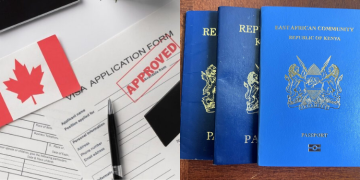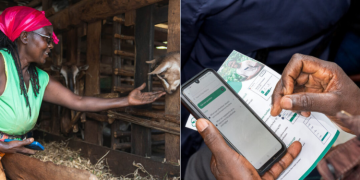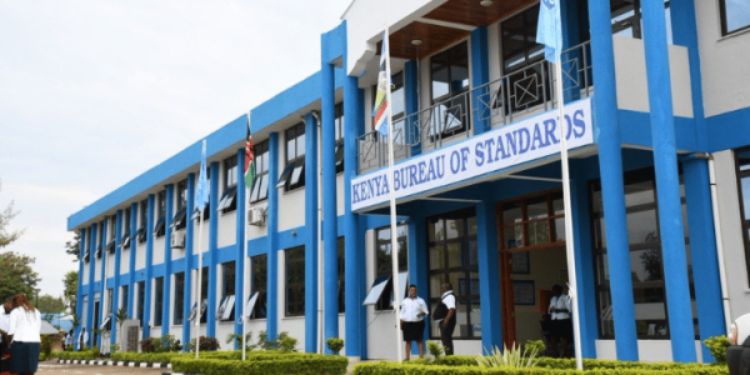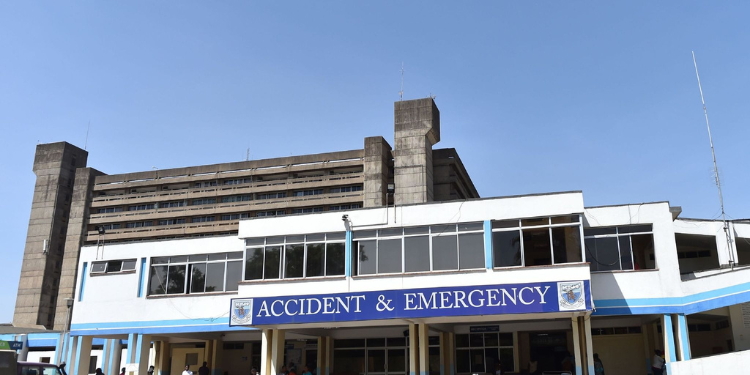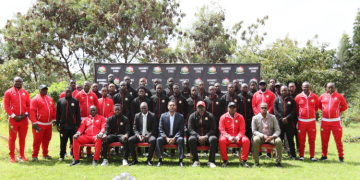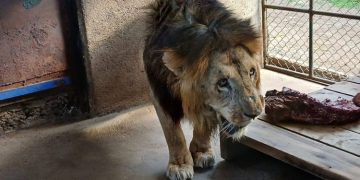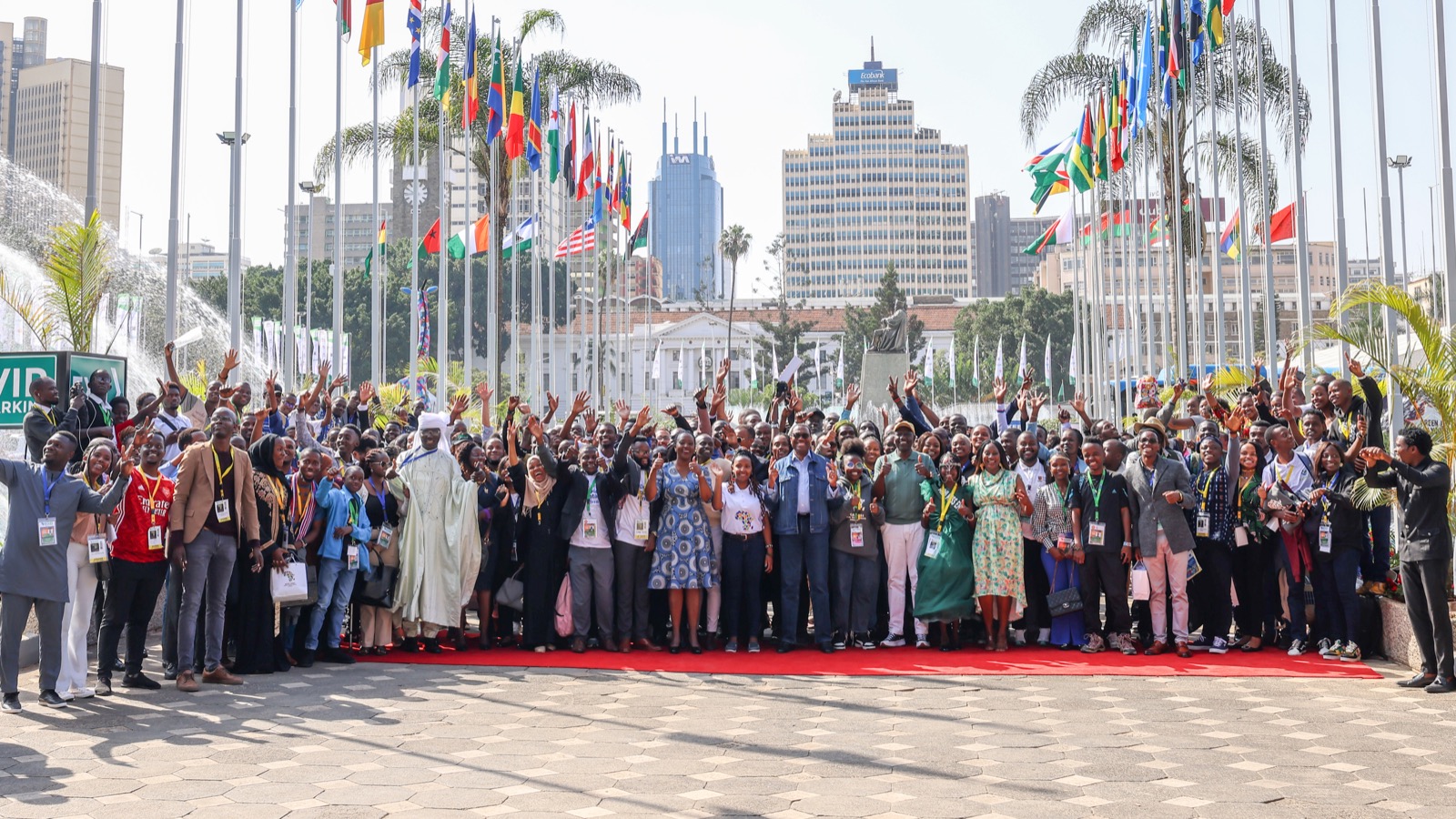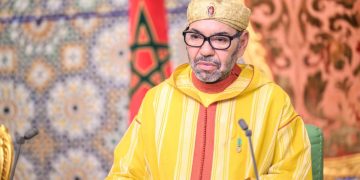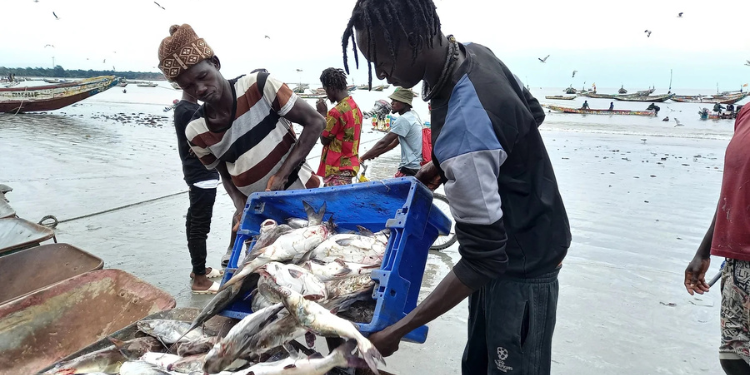Kenya Fisheries Service (KeFS) has declared a vacancy for the position of Director General, inviting qualified Kenyan citizens to apply.
The announcement, signed by Samier Muraveyi, Chairman of the KeFS Board of Directors, outlines the scope, qualifications, and application procedures for the position, which is offered on a three-year contractual basis under Job Grade KF 1.
Role Overview
The Director General will lead the agency’s operations, policy execution, and strategic planning, and will serve as the chief executive officer of KeFS.
The role is pivotal in ensuring sustainable exploitation of marine and inland fisheries, enhancing food security, and supporting the blue economy agenda.
As the principal executive officer of KeFS, the successful candidate will oversee policy implementation, stakeholder engagement, and institutional development.
How to Apply
All candidates are required to fill out the Kenya Fisheries Service Application for Employment Form (version CEO:2022), which can be downloaded from the KeFS website at www.kefs.go.ke.
The completed form must be accompanied by a cover letter outlining the applicant’s professional experience, key competencies, and relevant achievements.
Applications should be addressed to the Chairman, Board of Directors, Kenya Fisheries Service, and may be submitted through any of the following channels:
- Email: [email protected]
- Postal address: P.O. Box 48511-00100, Nairobi
- Hand delivery: KeFS Headquarters, SHA Building, 13th Floor, Ragati Road, Nairobi
All applications must be received on or before 5th November 2025.
Late submissions will not be accepted under any circumstances.
Important Notice from Kenya Fisheries Service
Kenya Fisheries Service has outlined firm rules governing the recruitment process to ensure fairness, transparency, and merit-based selection.
The opportunity is open exclusively to Kenyan citizens.
Applicants are required to submit only documents that are directly relevant to the application, and irrelevant attachments will not be considered.
Only candidates who meet the qualifications and are shortlisted will be contacted.
Those invited for interviews must present original academic and professional certificates for verification.
Any attempt to influence the selection process through canvassing will result in immediate disqualification.
Kenya’s Fish and Fisheries Sector
Kenya’s fisheries sector is a cornerstone of the country’s blue economy, making significant contributions to food security, employment, and trade.
The country produces approximately 170,000 metric tonnes of fish annually, with 85% of this amount coming from inland freshwater sources, including Lake Victoria, Lake Turkana, Lake Naivasha, and various rivers and dams.
Inland Fisheries
Freshwater fisheries account for the majority of Kenya’s fish production.
Key species include:
- Nile perch (Lates niloticus) – highly valued for export.
- Tilapia (Oreochromis spp.) – widely consumed locally.
- Catfish (Clarias spp.) – important for aquaculture and artisanal fishing.
Kenya’s inland waters host over 206 native fish species, with 36 endemic species, making the country a biodiversity hotspot.
Marine Fisheries
Kenya’s marine fisheries, sourced from the Indian Ocean, remain underutilized, accounting for only 15% of the country’s total fish landings.
Economically important marine species include:
- Demersal fish (bottom dwellers like snapper and grouper)
- Pelagic fish (open water species like tuna and sardines)
- Sharks and rays
Artisanal fishing dominates the marine sector, but limited infrastructure and low investment restrict deep-sea exploitation.
Aquaculture
Aquaculture is growing steadily, contributing nearly 25% of Kenya’s fish production.
Also Read: CS Kagwe Announces Fate of 5,000 Workers as Ruto Privatizes Companies
It includes:
- Freshwater aquaculture: Tilapia and catfish are the main farmed species.
- Mariculture: Milkfish, mullet, mud crab, oysters, and prawns are farmed along the coast.
Despite its potential, aquaculture faces challenges such as poor infrastructure, limited access to quality inputs, and low awareness of fish welfare standards.
Economic Impact
The fisheries sector supports over 1.2 million livelihoods and contributes around 0.6% to Kenya’s GDP.
However, the country faces a fish deficit of over 436,000 metric tonnes, driven by rising demand and underutilization of marine resources.
Also Read: Kenya Power Posts Ksh24 Billion Profit, Declares Dividend
Kenya’s per capita fish consumption stands at 4.3 kg, far below the African average of 9.7 kg and the global average of 20 kg.
Increasing domestic production and enhancing value addition are crucial to bridging this gap.
Follow our WhatsApp Channel and X Account for real-time news updates.
